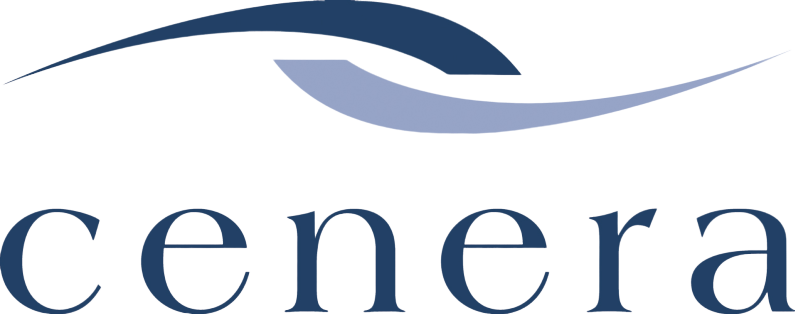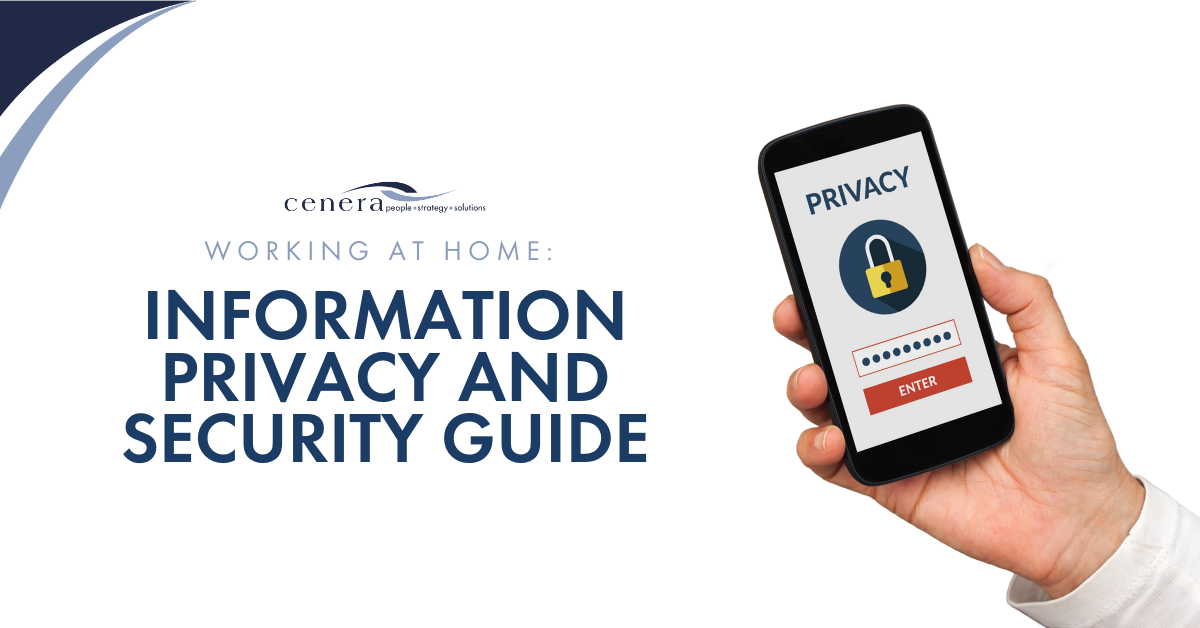
Working at Home: Information Privacy and Security Guide
In the office, the necessary online security protocols are already in place, but that may not necessarily be the case in a remote work environment. When operating remotely, ensure your organization’s personal and sensitive business information is properly protected by reading our latest privacy resource.
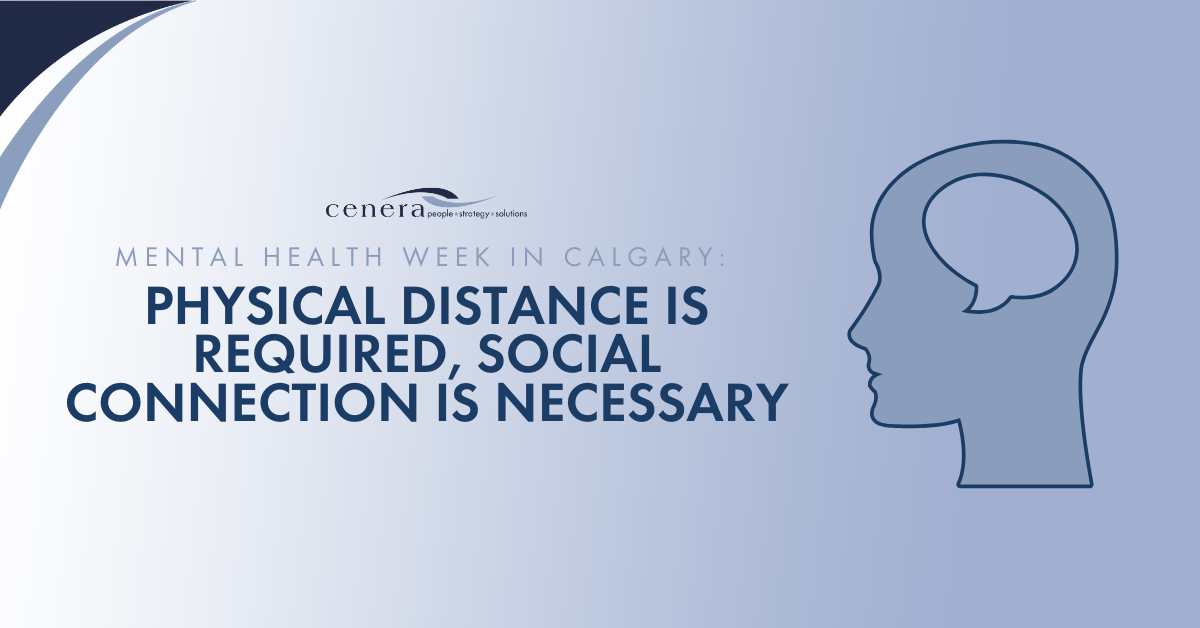
Mental Health Week in Calgary: Physical Distance is Required, Social Connection is Necessary
Feeling connected in an isolated world is more important than ever. The benefits of social connectedness on mental health should not be overlooked. Included in this blog are a few examples of how Calgarians are coming together while apart, spreading community spirit, and helping those in need.
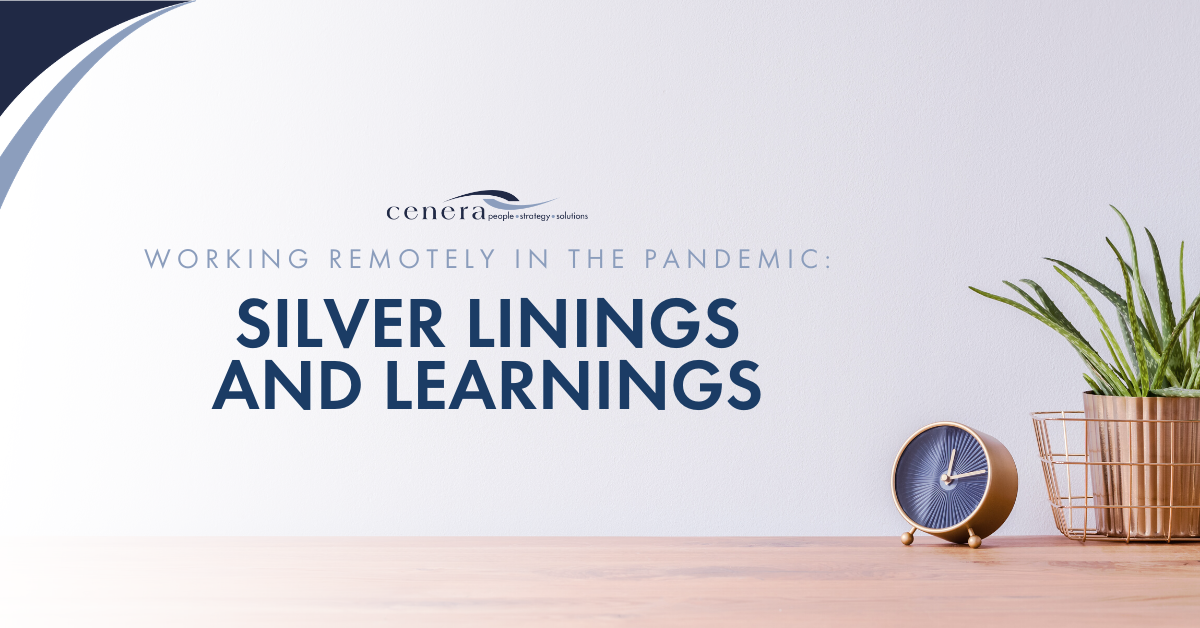
Coaching Through Crisis
A coach can help with managing stress levels, effective decision-making during a crisis, leading remote teams, instilling and maintaining trust and inspiring confidence. In trying times, we encourage you to ask for help and lean on the support our professional business coaches can provide

5 Ways Employers Can Cultivate a Happy Workplace
Research shows that happy employees work faster, are more productive, achieve goals and exceed expectations. On the flip side, when team members are unhappy, they become disengaged, and complacency is costly.
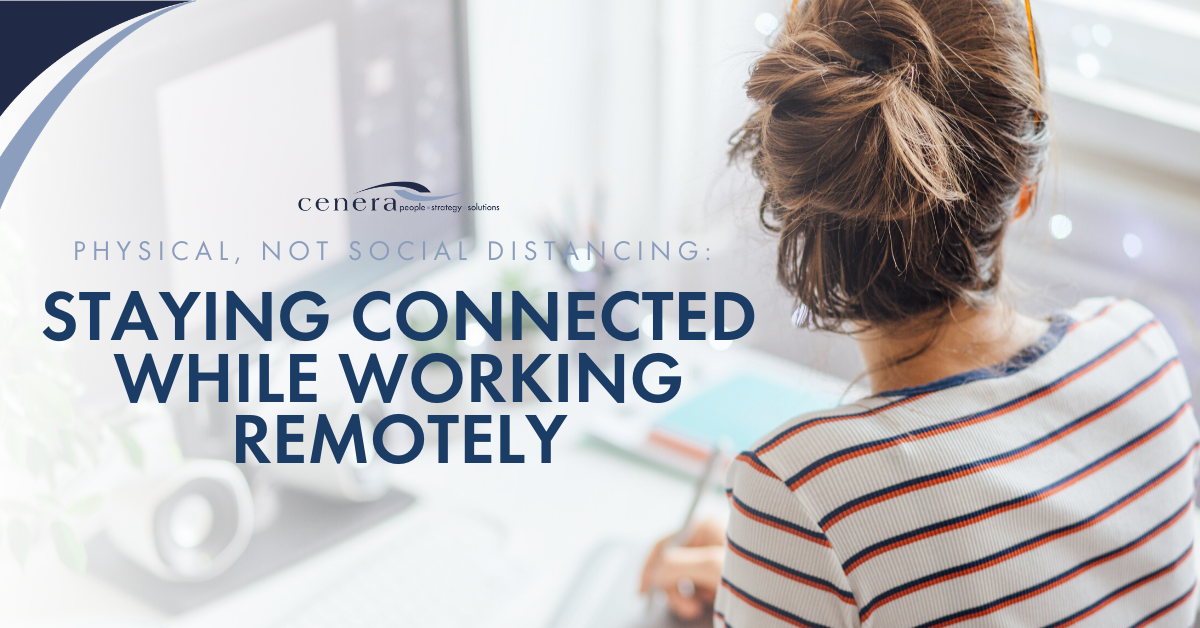
Physical, Not Social Distancing: Staying Connected While Working Remotely
COVID-19 has transformed life as we know it. To slow the spread of the virus, Canadians were advised to stay home, work remotely and practice social distancing. As remote workers, we must find ways to seek out support and feel connected to one another, even if it means doing so from afar.
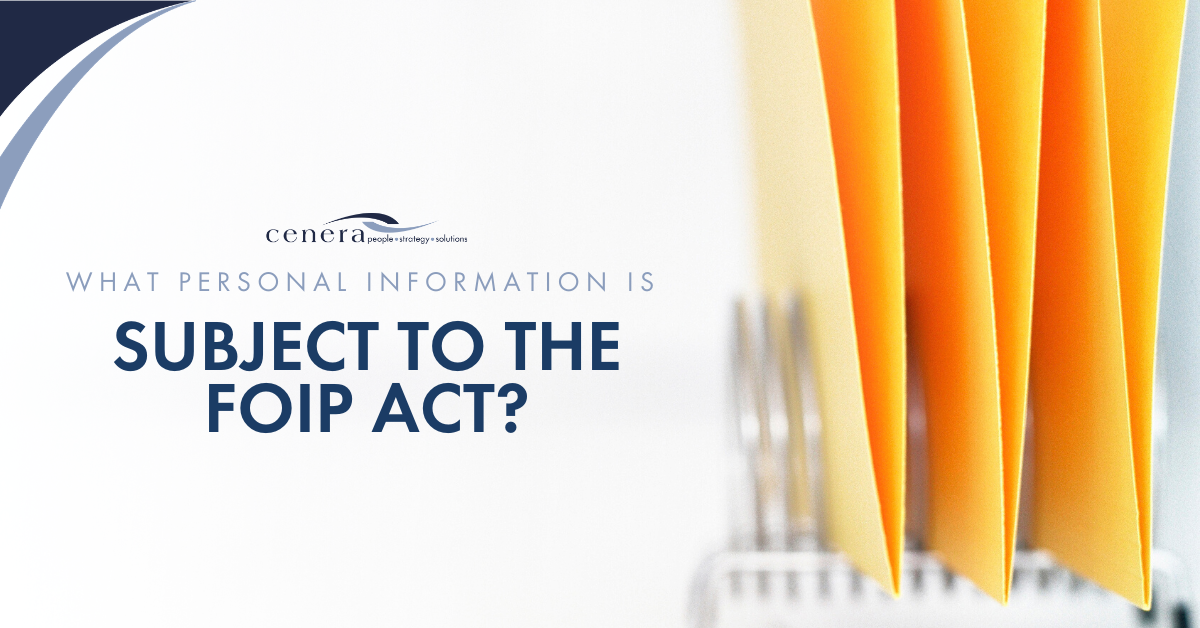
What Personal Information is Subject to the FOIP Act?
For information to be considered ‘personal’ under the law, the record must render the individual identifiable. Find out how the FOIP Act defines personal information and how the Act aims to balance the public’s right to know about information held by those bodies and the individual’s right to privacy.
